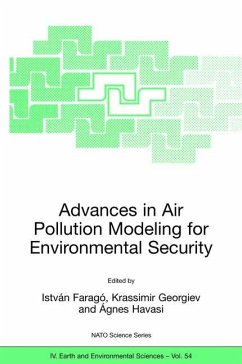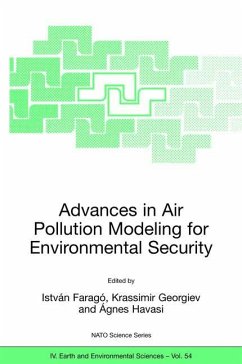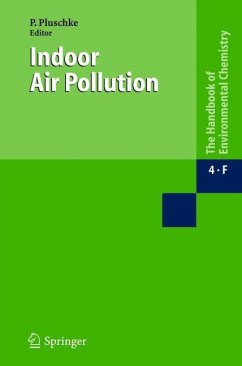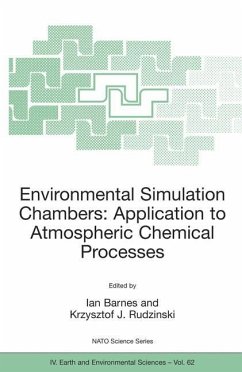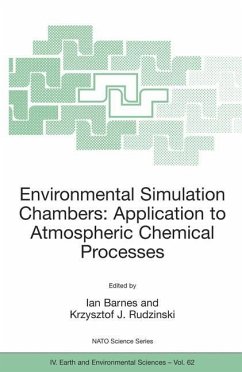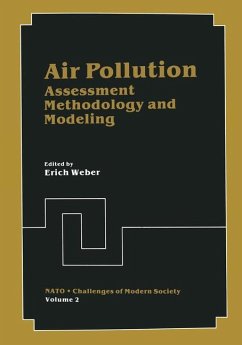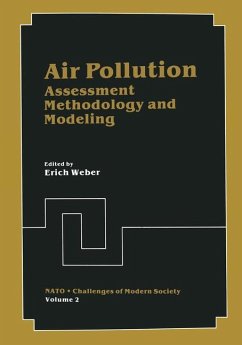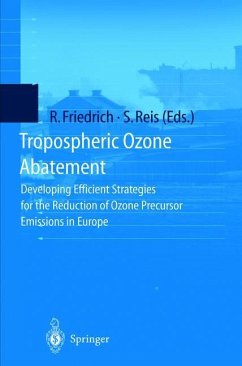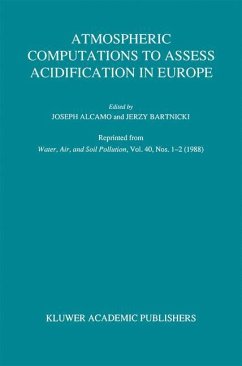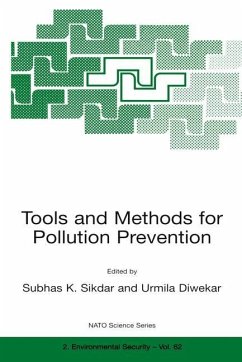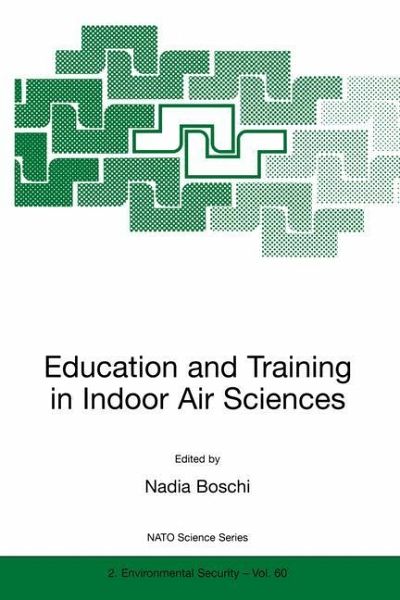
Education and Training in Indoor Air Sciences
Versandkostenfrei!
Versandfertig in 1-2 Wochen
39,99 €
inkl. MwSt.

PAYBACK Punkte
20 °P sammeln!
Many buildings fail to perform adequately, causing illness and productivity loss among the inhabitants. The growing impact of this problem on people and property values - and the increasing litigation to which it gives rise - clearly reveals the limitations in and piecemeal character of the current education of building and health professionals in addressing the relationship between a building and its occupants. Education and Training in Indoor Air Sciences introduces examples of existing educational programs that seek to bridge the gap between health and building sciences. The contributors -...
Many buildings fail to perform adequately, causing illness and productivity loss among the inhabitants. The growing impact of this problem on people and property values - and the increasing litigation to which it gives rise - clearly reveals the limitations in and piecemeal character of the current education of building and health professionals in addressing the relationship between a building and its occupants.
Education and Training in Indoor Air Sciences introduces examples of existing educational programs that seek to bridge the gap between health and building sciences. The contributors - selected among architects, engineers, clinicians, physicists, psychologists and policymakers - discuss the design of a core curriculum for all those holding a degree within building design, construction, operation and maintenance, investigation, and all occupational / environmental health and general practitioners. The book also examines the obstacles to such a curriculum and ways to overcome them.
Education and Training in Indoor Air Sciences introduces examples of existing educational programs that seek to bridge the gap between health and building sciences. The contributors - selected among architects, engineers, clinicians, physicists, psychologists and policymakers - discuss the design of a core curriculum for all those holding a degree within building design, construction, operation and maintenance, investigation, and all occupational / environmental health and general practitioners. The book also examines the obstacles to such a curriculum and ways to overcome them.





